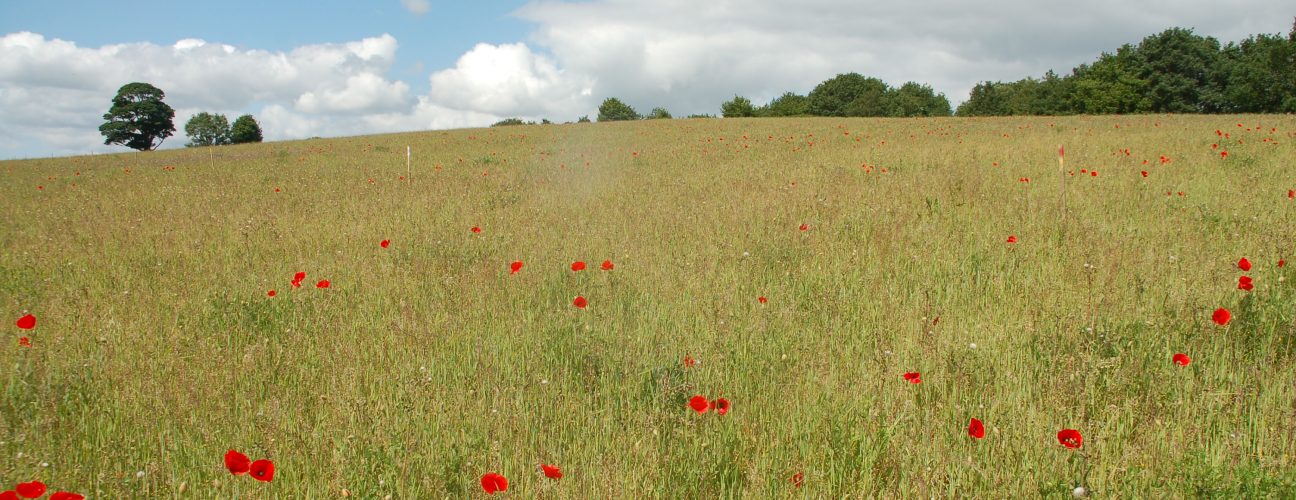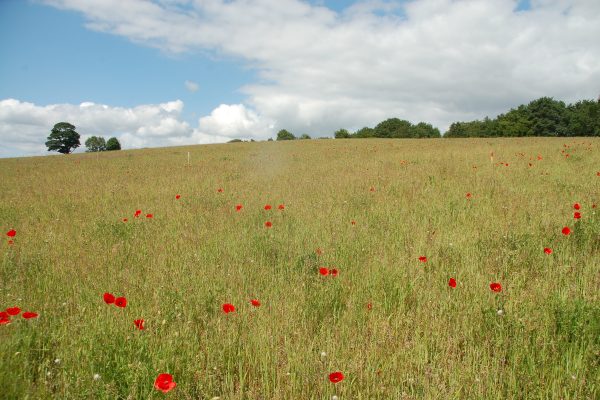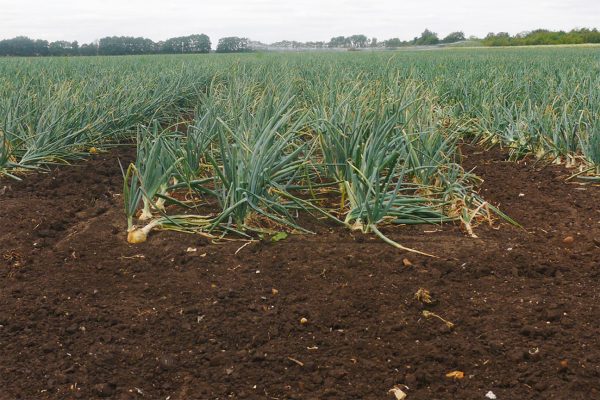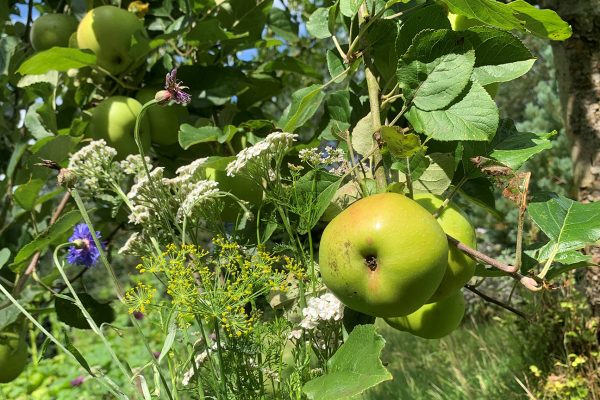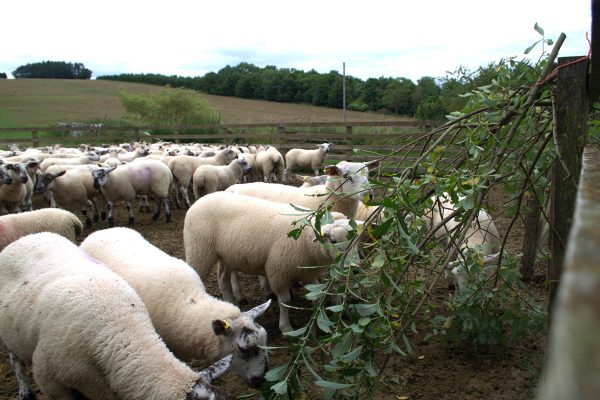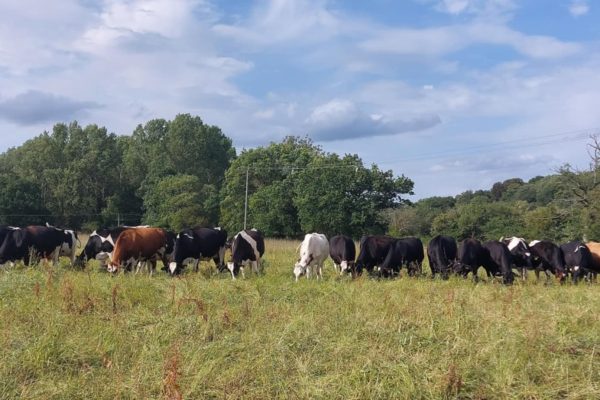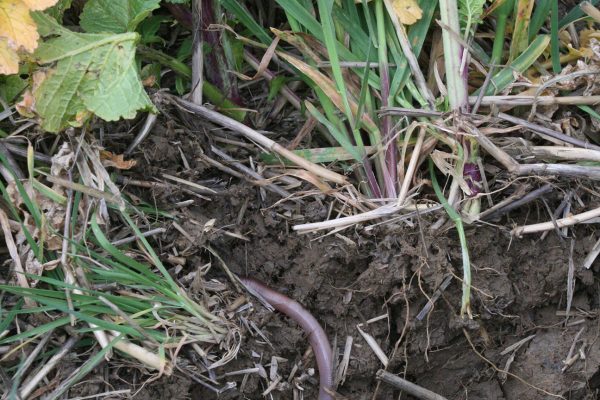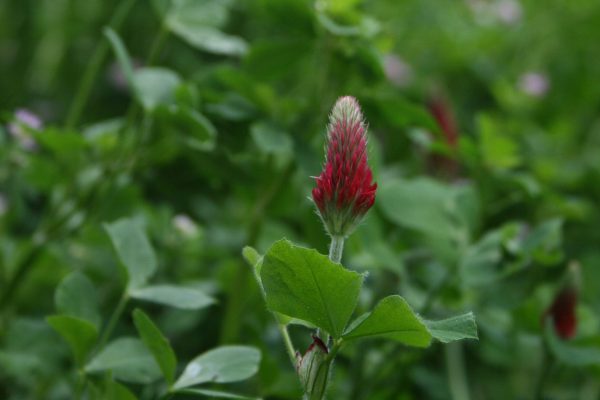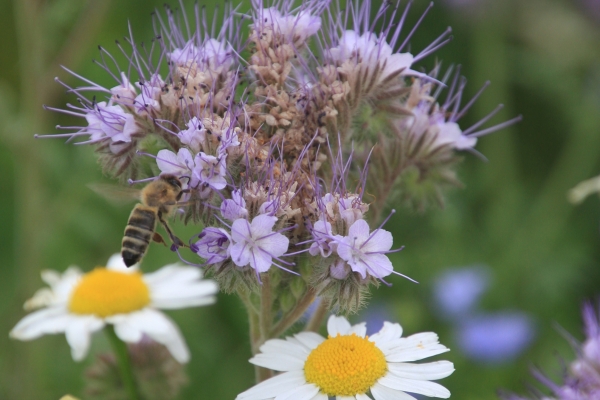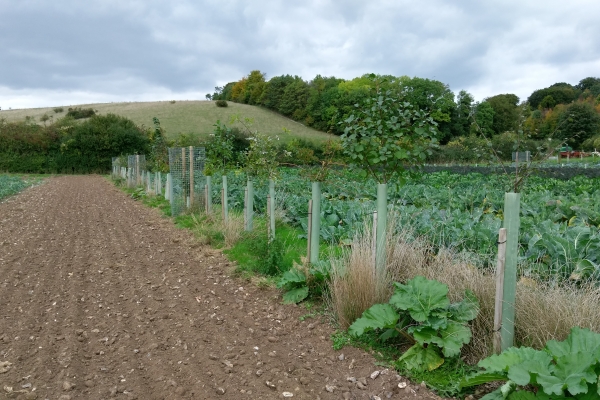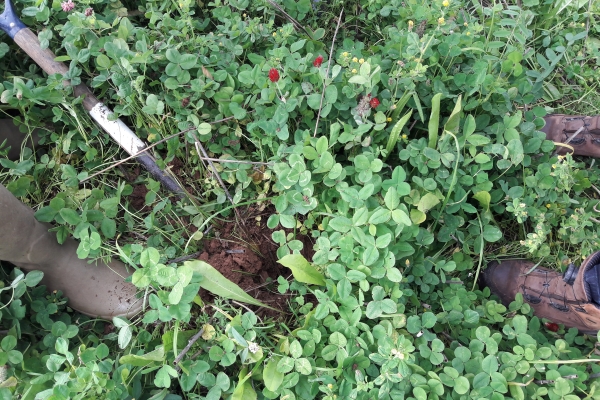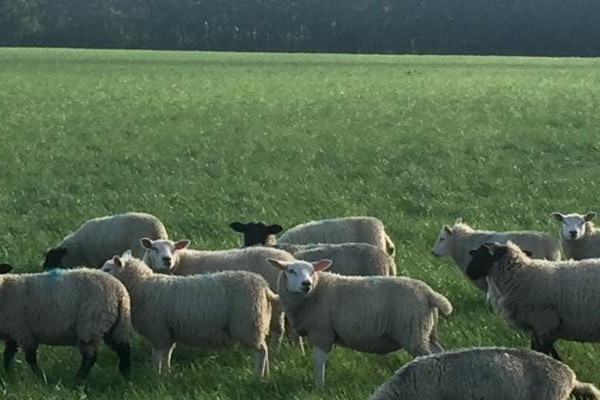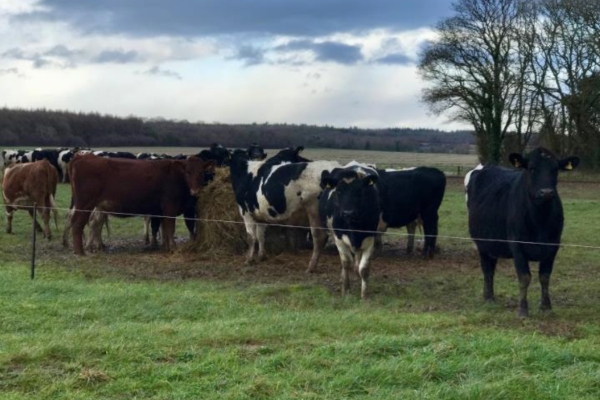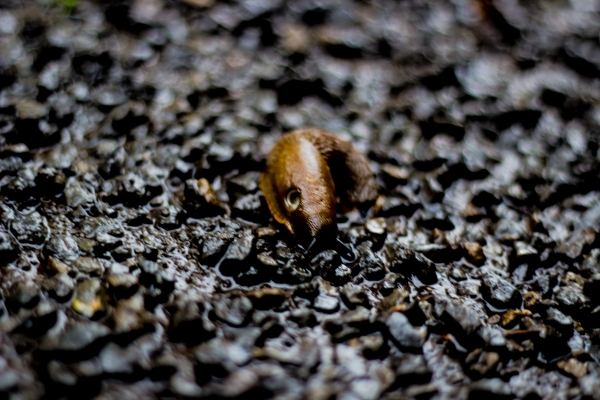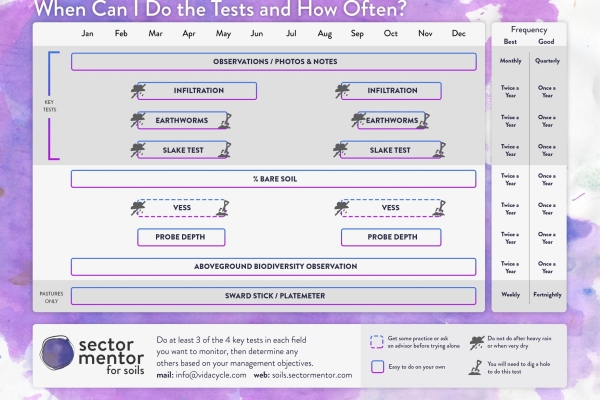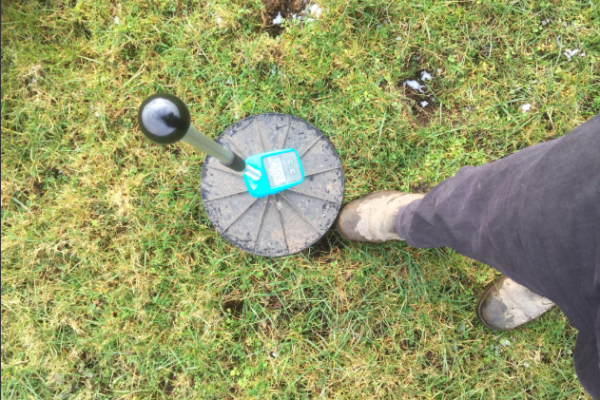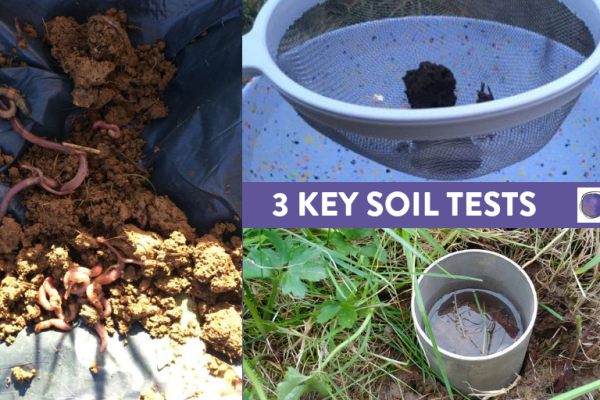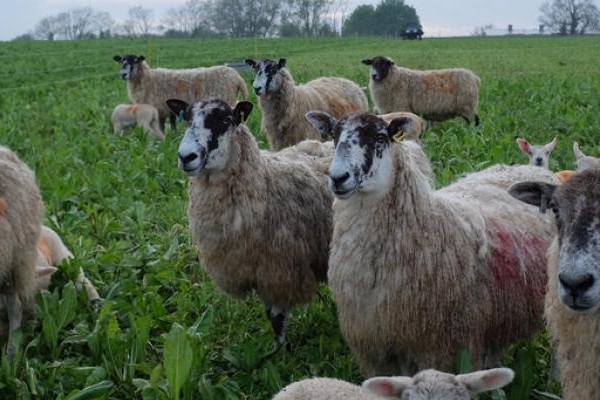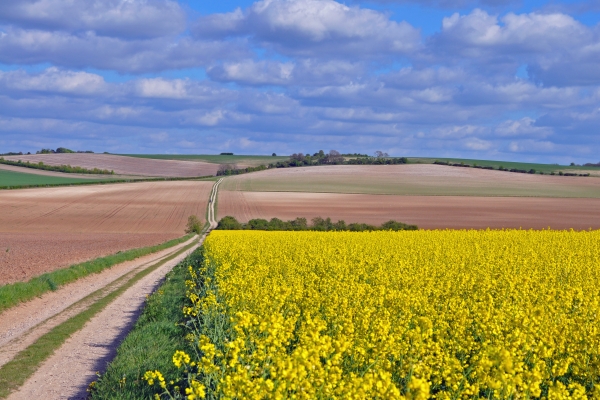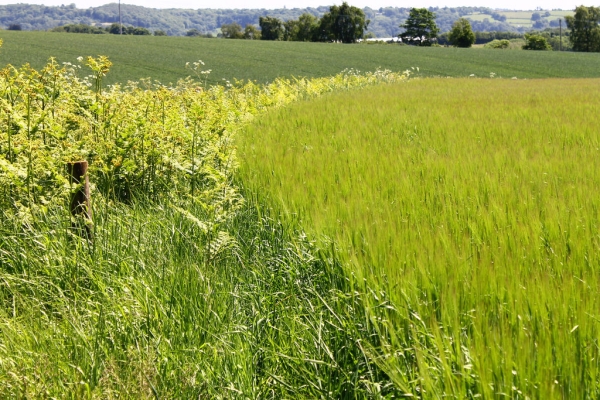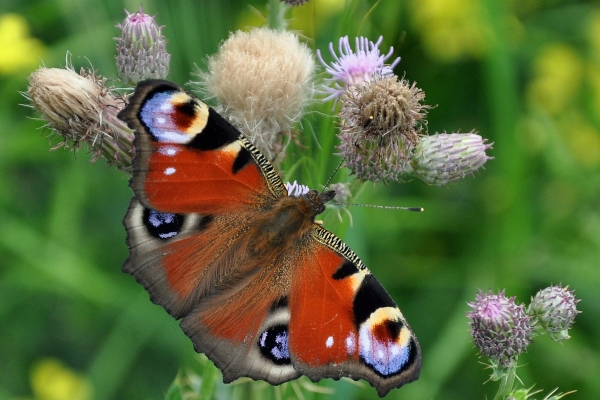Competitive cultivars in arable crops
Oper8 video featuring farmer Alex Fraser and Charlotte Bickler from the Organic Research Centre discussing their collaborative work on choosing competitive cultivars for weed management in organic and low-input systems.
LEARN MOREOper8 video featuring farmer Alex Fraser and Charlotte Bickler from the Organic Research Centre discussing their collaborative work on choosing competitive cultivars for weed management in organic and low-input systems.
This guide from NIAB, WWF and Fenland Soil is designed to help farmers identify actions that can be taken to better manage cropping systems on drained lowland peat soils.
In this Nuffield Farming report David Butler investigates if it is possible to maintain good yielding orchards with a high percentage of class one fruit to feed an ever-growing population, while reducing a proportion of chemical inputs with biological control.
This resource page shares insights from a farmer-led field lab which explored how feeding willow to lambs could address cobalt deficiency and support healthy growth.
This report from the Sustainable Food Trust highlights the benefits that regeneratively grazed livestock can have for climate, nature, food security and health.
GWCT briefing from Allerton Project research on measures that can
reduce negative impacts on water quality and aquatic ecology,
and potentially reducing flood risk.
DiverIMPACTS case studies across Europe highlight why crop diversification strategies have been successful and what challenges needed to be overcome to achieve success.
This publication from the Landworkers' Alliance highlights what pioneers of agroecology in the UK are doing to create a productive and sustainable agriculture.
The area under the tree canopy in agroforestry systems should be seen as an opportunity for crop diversification / additional income rather than being dismissed as ’wasted space.’
Herbal leys with a diverse range of species can help resolve soil fertility problems, making forage legume mixtures hard to resist.
Integrating leys in arable rotations can provide multiple benefits including weed management, soil health and pollinator habitat provision.
Arable and livestock farmers can collaborate to share knowledge, land and other resources for mutual benefit and enhancement of ecosystem services and landscape.
Know your enemy - an integrated approach to slug control is more effective than using chemical slug pellets alone
Which soil tests to do, when to do them, which fields and where on the fields to test to get a representative sample.
Alex Heffron uses a plate meter to monitor the volume of forage available in fields across his farm allowing him to improve grass growth and soil health with mob grazing.
Spring and autumn are the best times to do soil tests. Try the three most important and easy soil tests you can do yourself on your land to understand soil health.
How incorporating sheep within arable farming systems can rejuvenate soils, reduce problem weeds, improve biodiversity, & improve yields from following crops.
LEAF's Integrated Farm Management approach; how you can use it to benefit your farm business.
An overview from the EISDA of Integrated Farm Management as an approach to sustainable agriculture.
